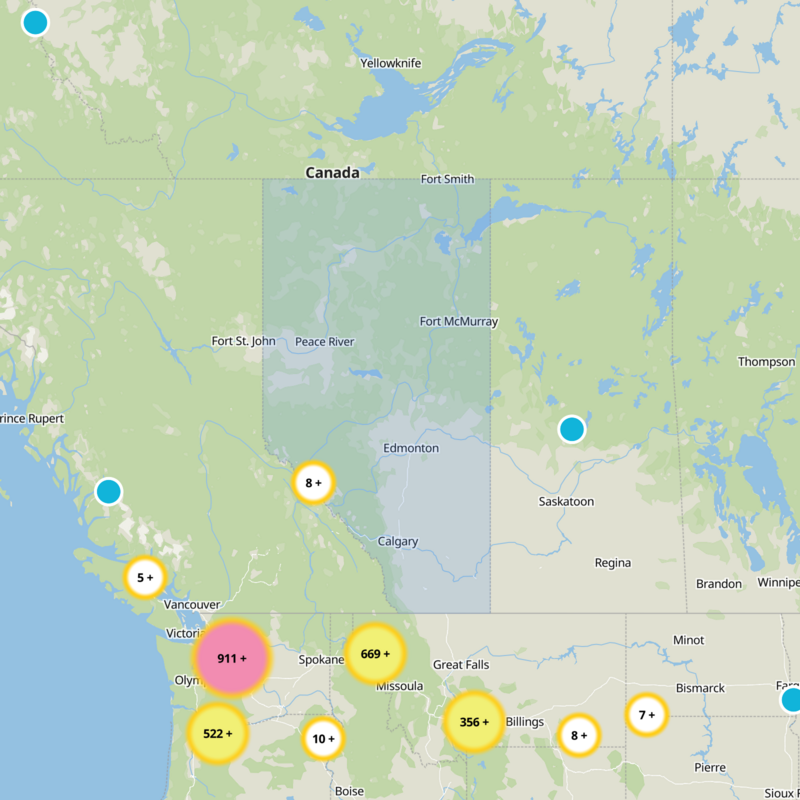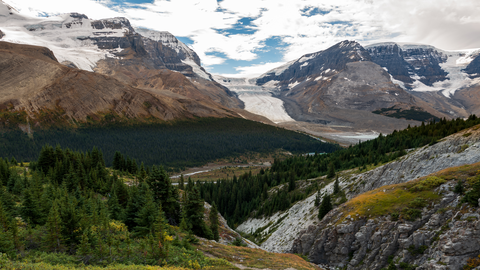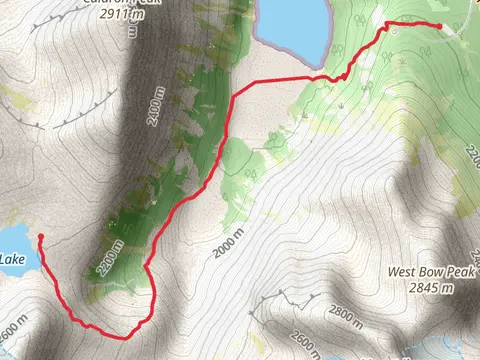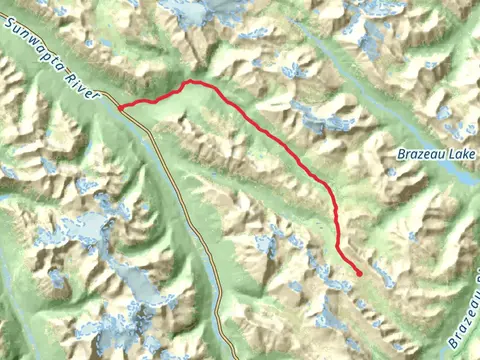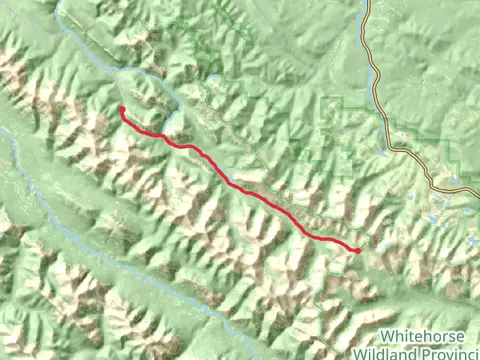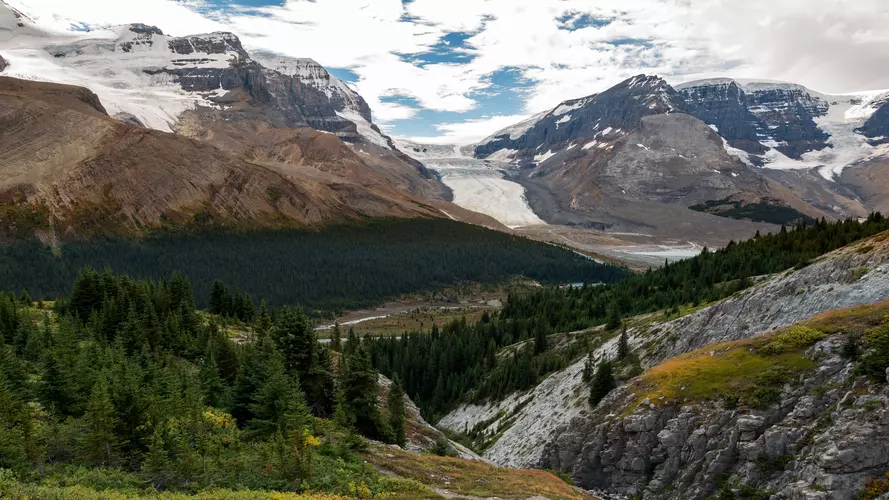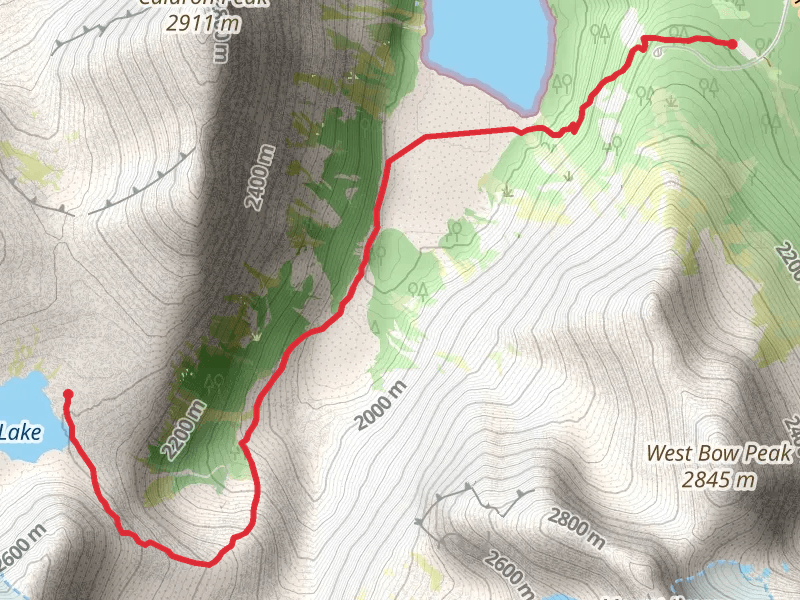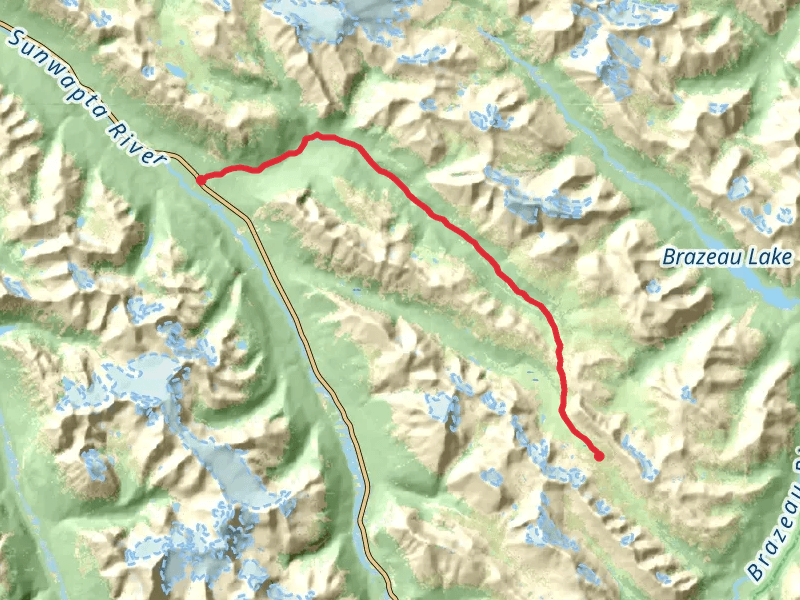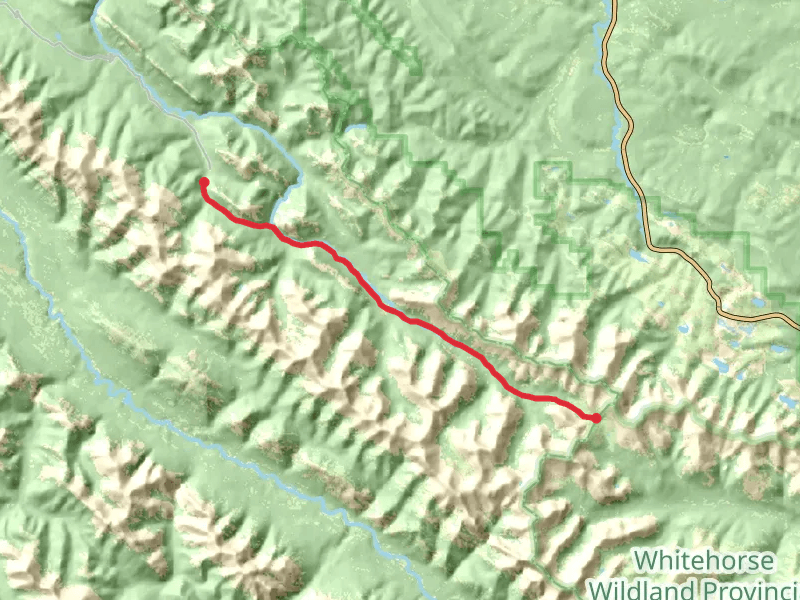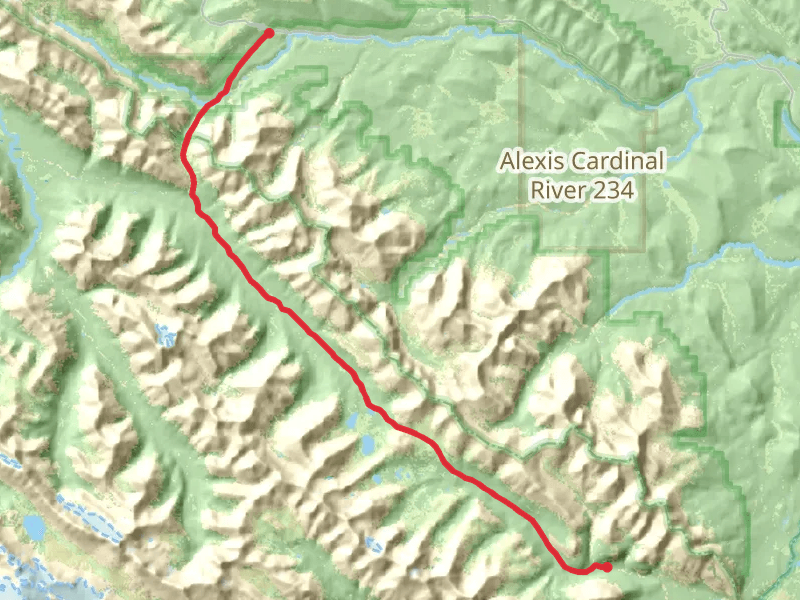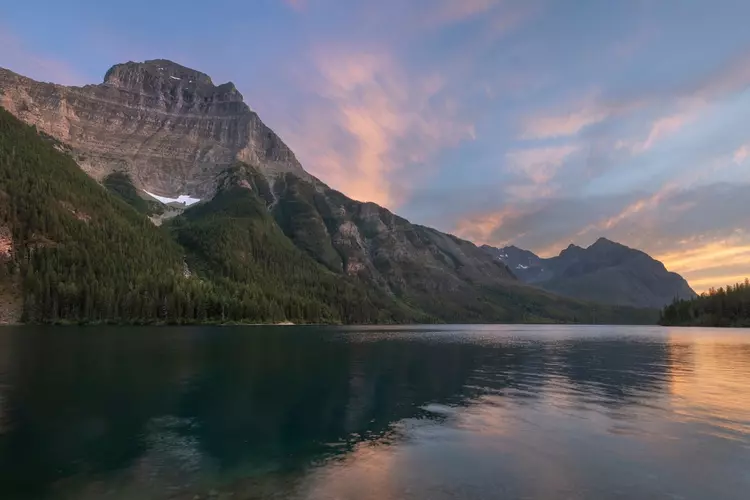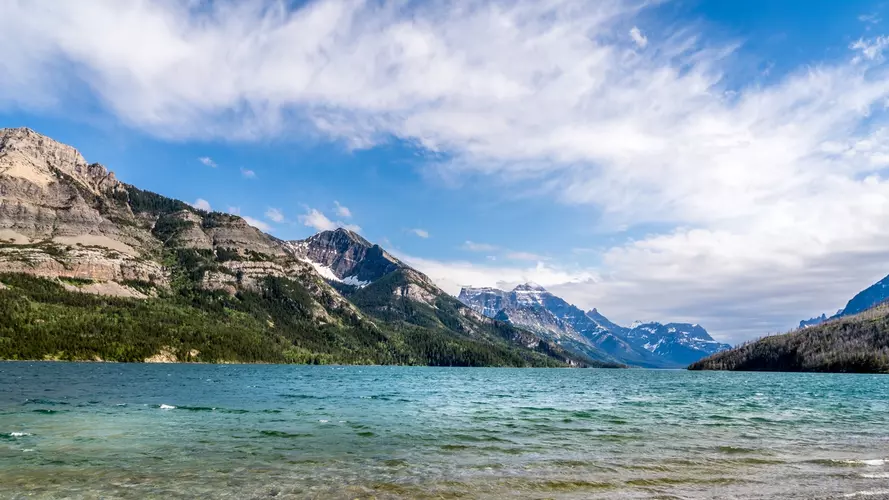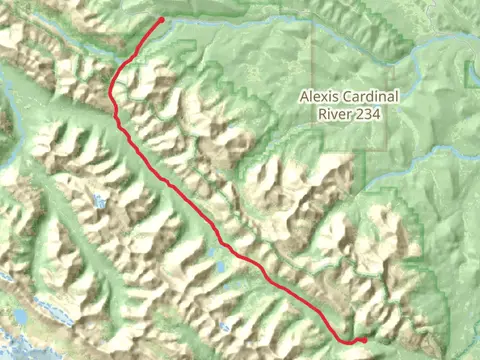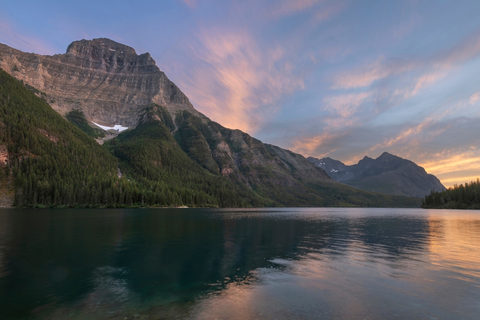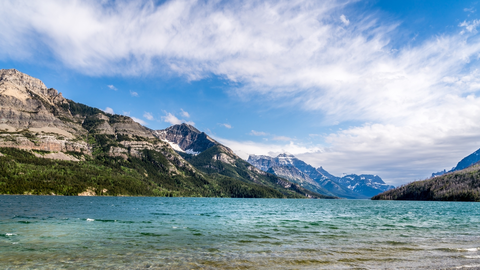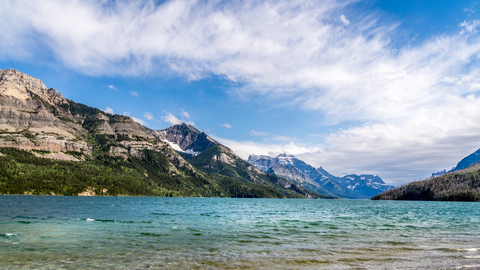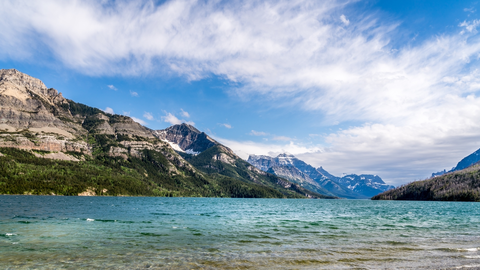"Discover Alberta's stunning landscapes, from majestic peaks to golden valleys, teeming with wildlife."
Embark on an unforgettable adventure in Alberta, where the rugged beauty of the Canadian Rockies meets serene prairies and lush forests. Discover trails like the iconic Skyline Trail in Jasper, offering panoramic views of majestic peaks and vibrant wildflower meadows. Explore Banff's Larch Valley, where golden larches paint the landscape in autumn. Keep an eye out for wildlife like elk and mountain goats. Alberta's diverse terrain promises a hiking experience that captivates and inspires at every turn.
Most popular hikes
FAQs about hiking in Alberta






More hikes in Alberta
by difficulty
